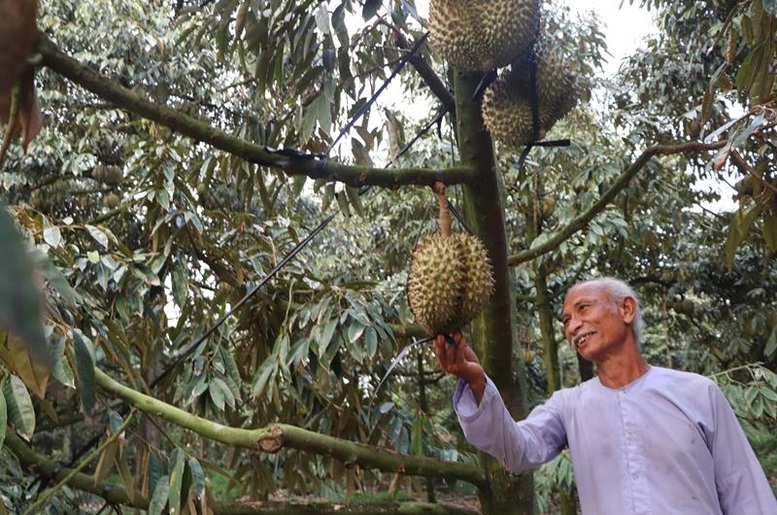
In the first quarter of 2025, durian export volume decreased by more than half compared to the same period in 2024.
Consequences of hot development
In recent years, durian has become one of the main agricultural products, bringing high economic value to Vietnam. With its unique and attractive flavor and increasing consumption demand, durian export turnover has grown impressively, achieving the title of "billion-dollar fruit", making an important contribution to the total export value of agricultural products nationwide. Many localities such as Tien Giang, Dak Lak, Dak Nong have promoted the development of specialized growing areas, built production - consumption chains, created jobs and increased income for people.
According to the Ministry of Agriculture and Environment , in the first quarter of 2025, Vietnam's durian export volume reached more than 26,800 tons, down more than half compared to the same period in 2024, causing the export turnover to plummet 61.1%, reaching only about 98 million USD. The Chinese market alone, the main consumer of Vietnamese durian, recorded a sharp decrease of 78%, with the export value reaching only 49.6 million USD. As of mid-February 2025, the amount of durian exported to China only reached about 3,500 tons, down 80% compared to the same period last year. This decline resulted in the overall export turnover of fruits and vegetables in January reaching only 416 million USD, down 11% compared to the previous month and down 5% compared to the same period in 2024.
The main reason for this decline is China's tightening of quality control, especially regarding cadmium and yellow O residues. The new inspection measures have increased customs clearance times from 3-5 days to up to 1 week, with 100% inspection of shipments required. More than 100 containers of Vietnamese durian were rejected for import in early 2025, causing major disruptions to export activities. In addition, demand in the Chinese market has also weakened, while competition has increased from countries such as Cambodia (which has just been licensed to export fresh durian), Laos, and Indonesia (which is in negotiations).
Not only China, other demanding markets such as the EU and Taiwan have also increased inspections of Vietnamese durian. The EU has increased the frequency of inspections by 10-20%, while Taiwan has extended the order to inspect each batch until April 30, 2025 after discovering many substandard batches. This puts great pressure on the durian industry, which is 91% dependent on the Chinese market in 2024.
The decline in exports has caused a domestic supply surplus, pushing durian prices to a record low. In the Mekong Delta, the price of Ri6 durian of good quality fluctuates only 70,000-90,000 VND/kg, down 10,000 VND/kg compared to the end of 2024, while the price of Thai durian of good quality has decreased by 20,000 VND/kg, to 100,000-120,000 VND/kg. In the Central Highlands, the price of Ri6 durian of type I is only 65,000-85,000 VND/kg, 15,000 VND/kg lower than the same period. In many provinces in the West, the garden purchase price has decreased to 28,000-30,000 VND/kg, 25,000-30,000 VND/kg lower than the previous year, causing farmers to worry about output.
In addition to the positive signals in the past, the durian industry is facing a situation of rapid development, with many potential risks. The area of durian cultivation is increasing rapidly, exceeding the planning, and the conversion of land without following technical standards is widespread in many places. The work of controlling product quality and ensuring export standards is not uniform. Moreover, the heavy dependence on a few export markets makes this industry vulnerable to risks in terms of price and output. If
Although the agricultural sector has developed and widely publicized acreage plans, in many places, people still expand cultivation regardless. This raises concerns about the "good harvest, low price" problem that the agricultural sector always tries to avoid. Since the beginning of the year, the durian industry has continuously encountered difficulties in product quality control. Many countries apply strict control procedures for pesticide residues on Vietnamese durian.
According to Mr. Huynh Tan Dat, Director of the Department of Crop Production and Plant Protection, to meet this requirement, appropriate planning is needed to prevent rapid growth in area, while at the same time building standard production, packaging, and preservation processes.
To protect agricultural exports in general and durian in particular, decentralization and delegation of authority to local authorities in managing codes for growing areas and packaging facilities is becoming an important solution. When localities have more initiative, inspection and supervision of the quality of growing areas and packaging facilities will be carried out closely, flexibly and promptly, helping to improve transparency and meet the strict requirements of the import market. This is a necessary step for the durian industry and Vietnamese agricultural products to develop sustainably in the context of deep integration today.
In addition, the industry needs to focus on market diversification to reduce dependence on China. Potential markets such as the US, South Korea, and Japan need to be exploited more strongly. Investing in processing technology, especially frozen durian, is also an important direction to increase value and take advantage of raw materials that do not meet fresh export standards. Finally, it is necessary to increase awareness of compliance with the signed Protocol, build a tight chain from the growing area to the packaging facility, and develop a traceability system to ensure transparency.
Do Huong
Source: https://baochinhphu.vn/can-chien-luoc-phat-trien-ben-vung-san-pham-sau-rieng-102250506171656066.htm


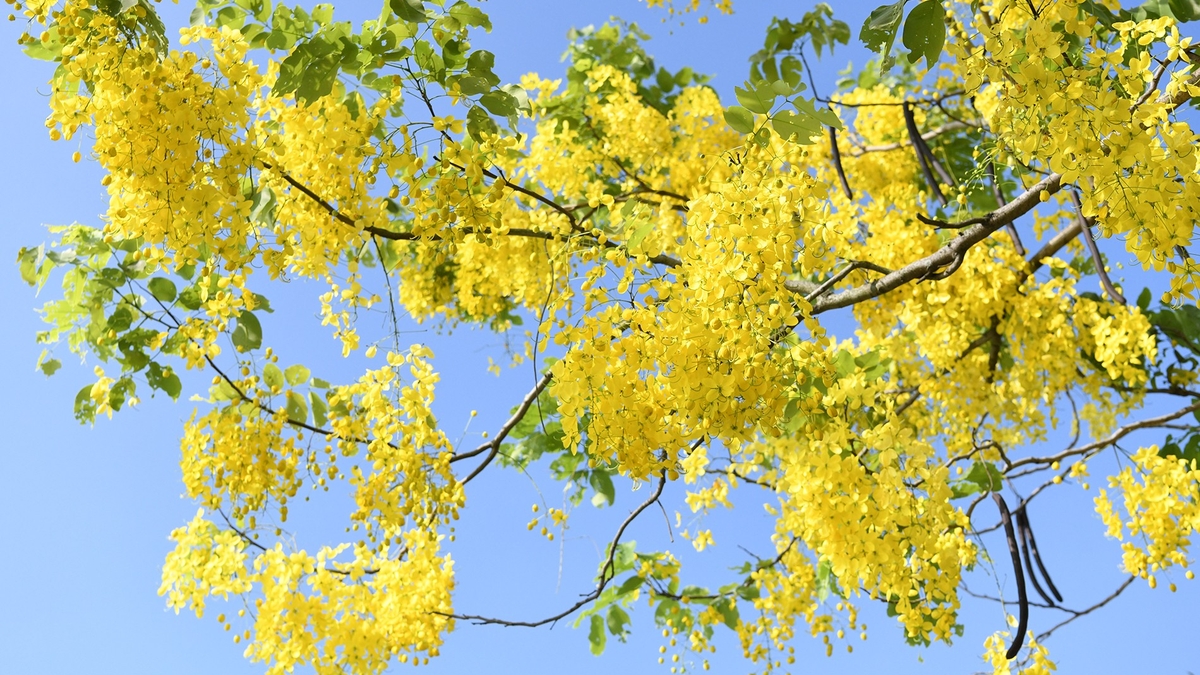
![[Photo] Vietnamese and Hungarian leaders attend the opening of the exhibition by photographer Bozoky Dezso](https://vphoto.vietnam.vn/thumb/1200x675/vietnam/resource/IMAGE/2025/5/29/94d8ceca5db14af3bf31285551ae4bb3)
![[Photo] Prime Minister Pham Minh Chinh meets with Hungarian President Sulyok Tamas](https://vphoto.vietnam.vn/thumb/1200x675/vietnam/resource/IMAGE/2025/5/29/dbcaa73e92ea4448a03fe1d0de6d68e8)



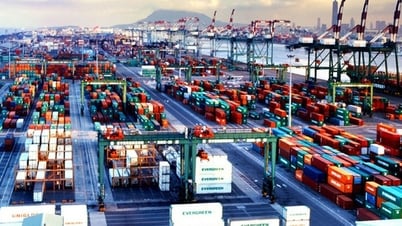



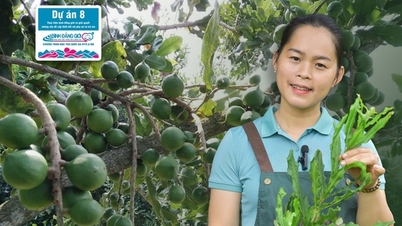








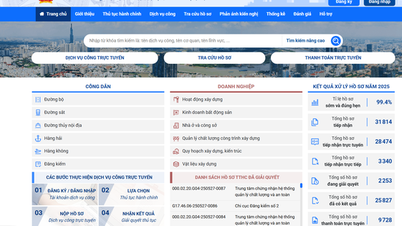


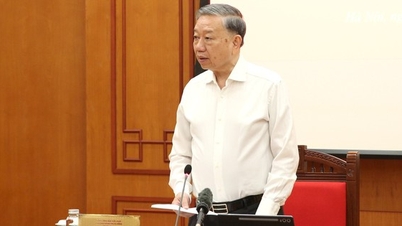

![[Photo] Prime Minister Pham Minh Chinh receives a bipartisan delegation of US House of Representatives](https://vphoto.vietnam.vn/thumb/1200x675/vietnam/resource/IMAGE/2025/5/28/468e61546b664d3f98dc75f6a3c2c880)
























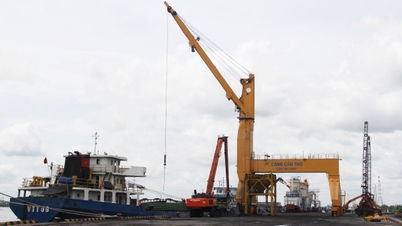

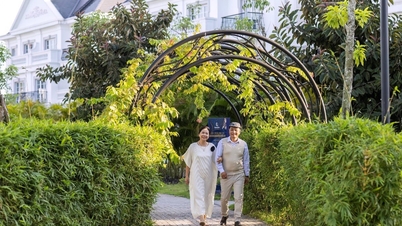











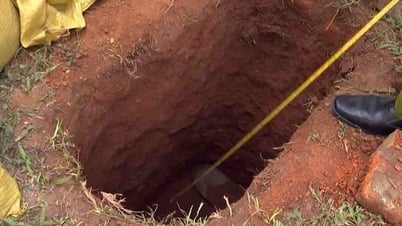
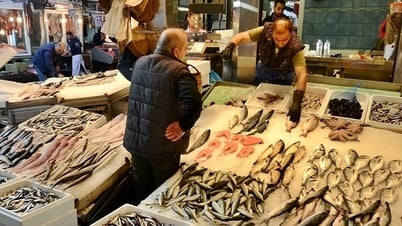

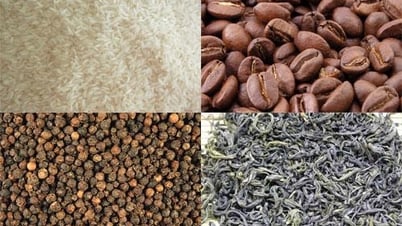


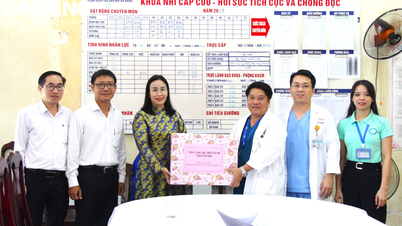















Comment (0)